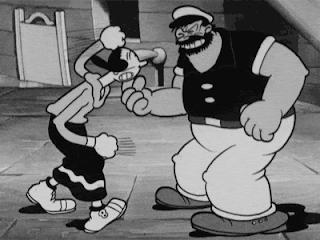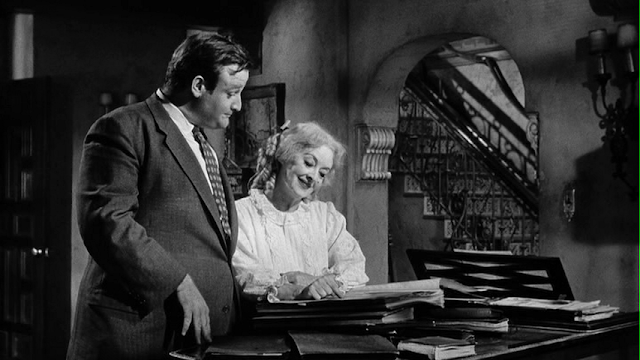Above, scenes from "Hamlet." Okay, they're actually from something else, but they look like they came from Hamlet, so that's how I'm using them. They're here to illustrate a thought I got from a book called "The Development of Shakespeare's Imagery." See what you think.
The book makes the point that the way something is said effects the meaning. That's why "Thou shalt not kill" is more effective than "Don't kill anybody." You could argue that both versions say the same thing, but they clearly don't. The Biblical version commands respect because it's so beautiful, and so masculine. It calls to mind tradition and philosophy and memories of childhood. "Don't kill anybody," on the other hand, is simply one person's opinion and carries no weight whatsoever.
This thought is often summarized as "reflection hinders action," but the book reminds us that Hamlet never actually said that. If the thought was that simple and moralistic the remedy would be obvious....don't think. But Hamlet believes that thinking is inevitable. It's what humans do. He despairs that humanity has been fatally and disgustingly poisoned, just like his father. We're all doomed to be sick and irresolute. It's a point of view that's unique to Hamlet, that comes out of his own tragic life experience.
I'm not as pessimistic as Hamlet, but I have to admire his authenticity. He develops ideas out of his own life experience. More than I'd like to admit, my own ideas are adapted from whatever's in the air in my time.
That's all I have to say on that subject, but I offer the Golden Palm with Oak Leaf Cluster to any reader who can identify the origin of the illustrations I used here.


















































